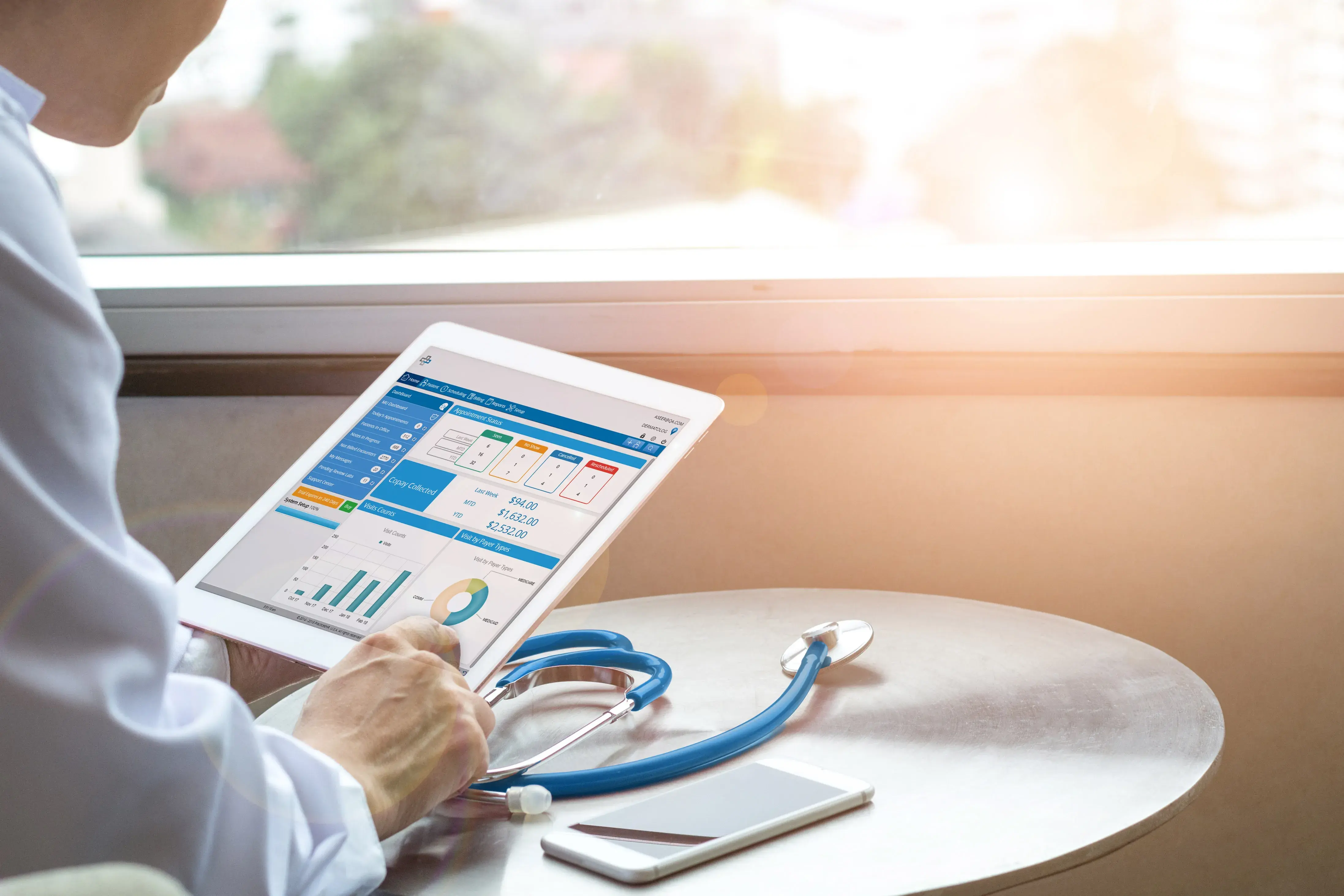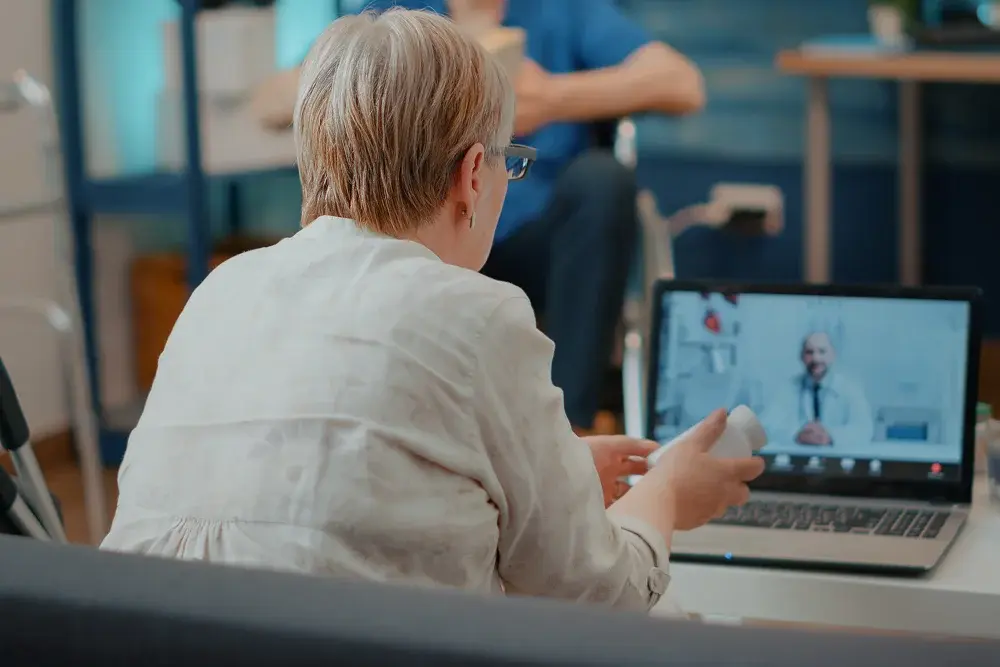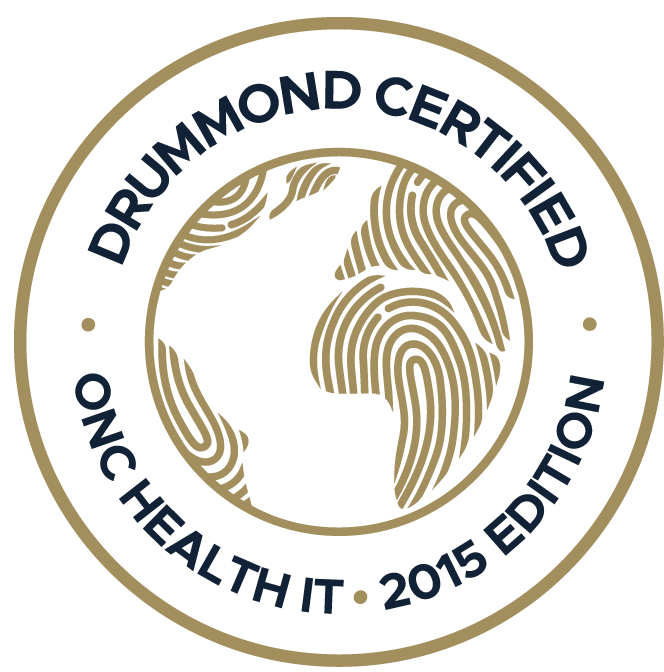Urgent care doesn’t have to mean long waits or crowded clinics. Telemedicine makes care faster, safer, and more accessible, helping providers and patients manage common concerns efficiently.
Telemedicine has revolutionized how practitioners interact with patients and provide optimal patient care. According to a study, telemedicine adoption has surged 38 times post-pandemic as compared to the previous decade. The questions that pique curiosity are: What caused this significant spike in its adoption? What happened during the COVID-19 pandemic that shifted healthcare to it? What benefits does it bring to the table for both patients and patient care?
During the pandemic, mobility and personal interactions were restricted to an unprecedented level. The healthcare sector was equally impacted by this transformation in human communication, with telemedicine appointments emerging as a pivotal solution to bridge the gap in healthcare access during the pandemic.
Here, we discuss everything you need to know about telemedicine and its crucial role in transforming healthcare in the modern era and beyond. Also, how one can get telemedicine appointment and what benefits it comes bearing.

What is Telemedicine?
Telemedicine is a method of delivering clinical services remotely through electronic audio and visual communication tools, which enables real-time interaction between the healthcare provider and the patient. Via leveraging technology, it bridges the gap between healthcare providers and patients and provides a medium for doctor-patient interaction through telecommunication.
Whereas a telemedicine appointment implies a simple visit to the doctor by a patient from the comfort of the home through a computer or smartphone screen. This is similar to an in-person meeting but through the screen of a computer. The patients and practitioners can see, hear, and communicate with each other and even exchange files through digital communication.
The convenience and remote accessibility of e-medicine contributed to its widespread popularity during the pandemic. For example, telemedicine adoption soared highest in the field of psychiatry, with an increase of nearly 50%, closely followed by substance use disorder treatment.
How Does Telemedicine Work?
Telehealth service is offered in multiple ways, depending on the services offered by the healthcare practice. However, the two most common media are:
● Patient Communication Portal
Some healthcare practices offer their patients a patient communication portal protected by their username and password. Patients can log in using their credentials to access the portal, where they can conveniently check for updates and messages from their healthcare providers.
Patients can readily communicate with healthcare providers for medical advice, prescription refills, and scheduling appointments. Doctors can also share lab reports and imaging with the patients and explain what the reports imply, thereby streamlining the patient care process.
● Virtual Telemedicine Appointment
A virtual appointment allows doctors to communicate with their patients through phone or video calls. What makes these virtual appointments favorable for healthcare providers is their ability to facilitate quick and immediate consultations, ensuring prompt access to medical assistance when needed.
Practice EHR now offers TeleVisit through its highly user-friendly software, which streamlines the consultation process for both patients and doctors. Its electronic health record software provides convenient remote access to all patient records from anywhere, anytime!
The Benefits of Telemedicine
The integration of electronic communication means into healthcare comes with multiple benefits for both practitioners and patients, such as:
1. More Convenience for Patients
The surging global popularity of telemedicine can be primarily attributed to its convenience and accessibility. Patients now increasingly favor communication modes with their healthcare providers that provide high levels of convenience and accessibility since the pandemic has shifted our focus to technology.
Telemedicine started in the United States as a means of providing healthcare to patients from remote areas. The concept has now spread across the world to accommodate patients who require basic healthcare in a third-world country and elderly patients in a first-world country with mobility issues to interact with doctors from the comfort of their homes.
2. Cuts Healthcare Cost
The cost of healthcare in the United States reached $4.3 trillion in 2021. The United States has the highest healthcare expenditure worldwide, which is a testament to the healthcare burden on the nation. These healthcare expenses are partly exacerbated through efforts dedicated to accommodating patients for in-person visits.
Telemedicine can help cut healthcare costs associated with in-person patient-doctor appointments. A telemedicine appointment lowers a patient's interaction expenses with the doctor by eliminating transportation and service costs. Incorporating telemedicine into the traditional healthcare practice and taking active steps toward its improvement can drastically cut national healthcare costs.
3. Elevated Patient Interaction
With the rapid proliferation of the digital world, people have become accustomed to online interaction. Online interactions offer a comfortable space for patients to open up more easily about their problems and experiences, which is essential for optimal patient care and the best patient outcomes.
A telemedicine appointment has the potential to boost patient engagement by offering a convenient environment for interactions with doctors. Patients may find these appointments more comfortable, leading to more open and honest responses to doctors' questions.
4. Revenue Boost for Healthcare Practices
Healthcare practices can boost their revenue by reaching patients in distant and remote areas through virtual interactions. An expanded patient base directly correlates with increased revenue. Furthermore, this broader reach can also lead to improved healthcare accessibility for underserved communities.
Another approach through which a healthcare setup can increase revenue through telemedicine is by reducing the overhead costs associated with maintaining physical facilities and infrastructure, allowing resources to be allocated more efficiently. Efficient TeleVisit software like Practice EHR can help cut the costs associated with maintaining a physical clinic.
5. Improved Healthcare Quality
Regular follow-up appointments between patients and their physicians contribute to improved patient outcomes and enhance the overall quality of healthcare. Telemedicine facilitates convenient access for patients to consult with their doctors whenever necessary, fostering a stronger doctor-patient relationship.
This accessibility can lead to better adherence to treatment plans and more proactive healthcare management, further benefiting patient health. Practice EHR offers a highly intuitive platform for patient-doctor interaction, enabling doctors to evaluate patients during telemedicine appointments and offer valuable healthcare guidance.
6. Insurance Reimbursement
Insurance providers such as Medicare have expanded their coverage to include telemedicine appointments and follow-ups, regardless of the location of the healthcare provider or the patient. This further enhances the appeal of telehealth, reducing the financial burden on patients.
With insurance reimbursement for virtual care becoming the norm, patients can access a broader range of healthcare options, regardless of their location. Practice EHR offers exceptional medical billing services in addition to a safe and seamless TeleVisit feature.

The Future of Telemedicine - Bright Prospects Ahead!
The persistence of mobility issues in rural and inaccessible areas provides a space for the growth and further proliferation of telemedicine. Governments worldwide are making substantial investments in this domain to bridge healthcare gaps aggravated by the lack of access in rural areas.
COVID-19 proved to be an eye-opener for the healthcare sector, necessitating a shift in the patient-doctor interaction process. With the threat of future pandemics, now is the right time to take steps towards the integration of telemedicine into healthcare. In fact, the global market for remote patient monitoring (RPM), a subset of telemedicine, is expected to reach a staggering $175.2 billion by 2027.
Practice EHR - TeleVisit From the Comfort of Your Home!
Telemedicine witnessed a rapid surge in popularity during the emergence of the COVID-19 pandemic, a time when in-person interactions became impractical, even within the healthcare sector. A telemedicine appointment offers more convenience for patients as well as doctors by alleviating the financial burden associated with traditional visits.
TeleVisit, offered by Practice EHR, is ONE solution to mobility issues associated with in-person doctor visits. Patients can schedule a virtual appointment with their healthcare providers through Practice EHR’s intuitive software or a video call platform of their choice, like WhatsApp, Skype, or Facetime.
Now that you know everything about telemedicine, it’s time to opt for a highly reliable platform that delivers a seamless virtual healthcare experience. That’s exactly what practice EHR has always aimed to achieve. Request A Demo today and embrace the future of healthcare with TeleVisit from Practice EHR!
Topics: EHR Solution, New Technology, Practice EHR News, Cloud-based EHR, Telemedicine, TeleVisit
RECENT POSTS



TOPICS
- EHR Solution (193)
- EHR (127)
- digital age (120)
- Patient Care (117)
- Medical Billing (112)
- Specialty-Specific EHR (112)
- Industry Update (98)
- Technology in Healthcare (84)
- EHR Features (79)
- Small Practice (78)
- Medical billing services (74)
- Integrated EHR (64)
- RCM (64)
- HIPAA Security (62)
- Cloud-based EHR (44)
- New Technology (44)
- Telemedicine (44)
- Healthcare Office Management (40)
- Practice EHR News (38)
- Kiosk (31)
- Revenue Cycle Management (28)
- AI Solutions (25)
- ePrescribing (21)
- AI Scribing (17)
- Best EHR Software (17)
- Practice Management Software (13)
- AI-powered Medical Billing (12)
- EMR (12)
- TeleVisit (12)
- AI EHR (11)
- Practice Automation (11)
- AI Scribe (10)
- Client Favorites (10)
- The ONE (10)
- Switching to New EHR (9)
- Urgent Care (9)
- AI scanning (8)
- Best EHR Practice (8)
- EHR Integration (8)
- MACRA/MIPS (8)
- Patient Portal (8)
- Psychiatry EHR (8)
- Automated Health Tools (6)
- E-Prescribing (6)
- Medical Practice Management Software (6)
- Product Updates (6)
- events (6)
- MIPS (5)
- Mobile EHR (5)
- Telehealth Platforms (5)
- Family Medicine EHR (4)
- HIPAA (4)
- Insider (4)
- Integrated Practice Management (4)
- Internal Medicine EHR (4)
- MIPS Reporting (4)
- Multilingual AI Scribe (4)
- Orthopedics EHR (4)
- Podiatry (4)
- Podiatry EHR (4)
- Regulatory Updates (4)
- Telehealth Platform (4)
- Automated EHR (3)
- Chiropractic EHR (3)
- Digital Experiences (3)
- EHR Flaws (3)
- EHR Implementation (3)
- EHR for Chiropractors (3)
- EHR for Small Practices (3)
- Eligibility Verification in Medical Billing (3)
- Medical Coding Services (3)
- Patient Check-in Kiosk (3)
- PracticeEHR GO App (3)
- Cash Flow (2)
- Cashless Payments (2)
- Clearinghouse (2)
- Dermatology EHR (2)
- EHR Scheduling (2)
- Family Medicine (2)
- Foot and Ankle Care (2)
- Foot and Ankle EHR (2)
- Health records 101 (2)
- Healthcare Compliance Certification (2)
- Medical Billing Partner (2)
- Medical Credentialing (2)
- Pediatrics EHR (2)
- Quality of Patient Care (2)
- Reporting Under MIPS (2)
- Risk and Liability in Medical Settings (2)
- Voice-Activated AI Scribe (2)
- What Works Clearinghouse (2)
- ACA Subsidy (1)
- AI Scan (1)
- AI Scribe for Pediatric Care (1)
- Bariatric EHR (1)
- Behavioral Health Practices (1)
- Billing Communication (1)
- Billing for Private Practices (1)
- Cardiology EHR (1)
- Charting (1)
- Data Security (1)
- Dos and Don'ts (1)
- EHR Dashboard (1)
- EHR Guides (1)
- EHR KPIs (1)
- EHR Questions to Ask (1)
- EHR Transition (1)
- EHR for Chronic Illness (1)
- EMR vs EHR Difference (1)
- ENT EHR (1)
- Endocrinology EHR (1)
- Gastroenterology (1)
- Gastroenterology EHR (1)
- General Surgery EHR (1)
- Geriatric AI scribe (1)
- Geriatrics EHR (1)
- Guides (1)
- Healthcare Practice Office Management (1)
- Help Center Videos (1)
- Insurance Reimbursement (1)
- KPI (1)
- Key Performance Indicators (1)
- Lab Processing (1)
- MACRA (1)
- Nephrology EHR (1)
- Neurology EHR (1)
- Pain Management EHR (1)
- Patient Behavior (1)
- Pediatric Care (1)
- Physical Therapy EHR (1)
- Practice Cash Flow (1)
- Practice Efficiency (1)
- Pulmonology EHR (1)
- Reconsider Your EHR (1)
- Simplify Practice Management (1)
- Staffing in Healthcare (1)
- Switch Medical Billing Providers (1)
- Urgent Care Medical Billing (1)
- Urology EHR (1)
- insurance claim denials (1)








